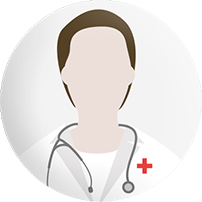VOLTAR
IMCAS World Congress 2025
IMCAS World Congress 2025
Programa
Adaptar ao meu fuso-horário a agenda da aula/congresso transmitida ao vivo
Fuso-horário de referência: (UTC+02:00) Europe, Paris
Nails: From surgery to cosmetic
Sala: Room 242 - Level 2
Data: sábado 1 fevereiro 2025 de 11:30 às 12:30
Formato: FOCUS SESSION > lectures covering a major topic of the congress
Data: sábado 1 fevereiro 2025 de 11:30 às 12:30
Formato: FOCUS SESSION > lectures covering a major topic of the congress
Apresentações desta sessão
| Horas | Palestrantes | Título da apresentação | Resumo | Número |
| 11:30 | Nail cancers - Surgery | 142619 | ||
| 11:38 | The role of dermoscopy in differentiating common nail disorders | Visualizar | 142618 | |
| 11:48 | Nail and cosmetics: Pros and cons | 145690 | ||
| 11:58 | Functional aesthetic nail surgery | 142620 | ||
| 12:23 | Discussion and Q&A | 142622 | ||








